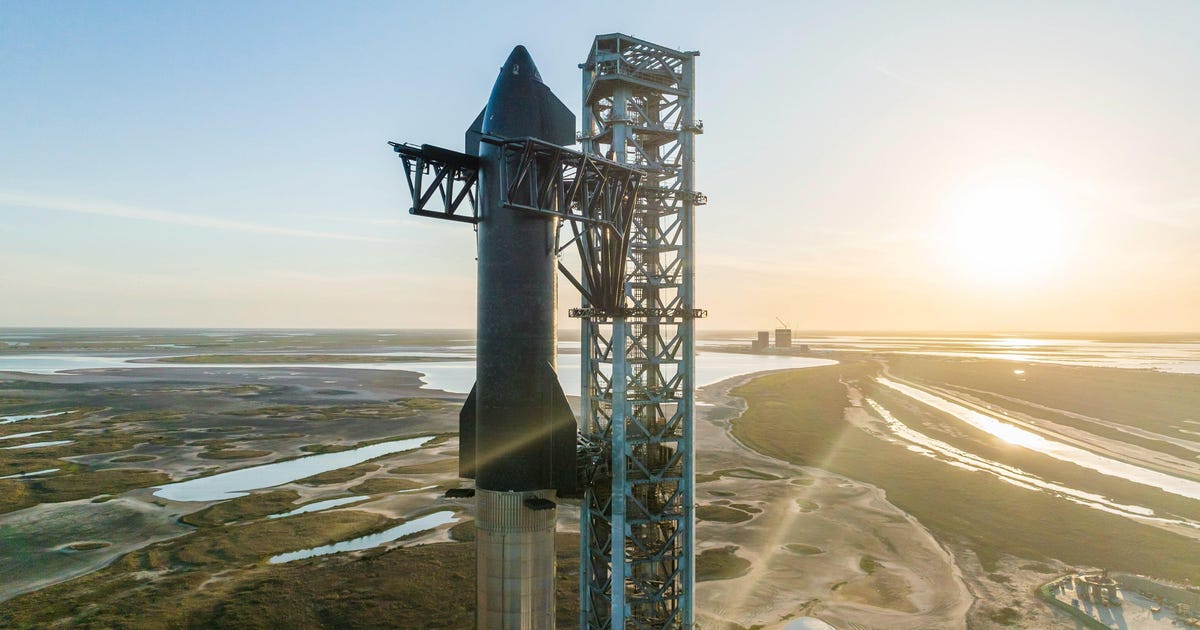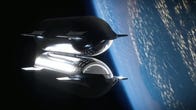
Launching his moon and Mars rocket to space for the first time has long been on Elon Musk’s to-do list, and the world’s richest man confirmed Monday that it remains priority one for this year.
In a tweet, Musk called “Starship to orbit” one of “two main goals this year.” The other is the wide release of “full self-driving” for Tesla vehicles, a long-awaited feature for the fleet of electric cars that doesn’t yet have approval from regulators.
2 main goals this year:
– Starship to orbit
– FSD wide releaseMany other things, of course, but those are the 2 giant kahunas. Will require insane work by many super talented people, but, if anyone can do it, they can.
It is an honor to work with such awesome human beings.
— Elon Musk (@elonmusk) August 22, 2022
When Musk first introduced his ambition to build a huge spacecraft capable of taking humans to Mars at a conference back in 2016, he hoped to send the first interplanetary explorers to the Red Planet in 2022. Things have clearly fallen behind schedule, but Musk has always been the first to admit that his timelines can tend toward the overly optimistic.
Starship last flew on May 5, 2021, over 15 months ago. Specifically, the SN15 prototype made a high-altitude flight and came back in to nail the landing without exploding like its predecessors. Initially, there was talk of re-launching SN15 for further testing, but that never happened as SpaceX moved to focus instead on conducting its first orbital demonstration flight.
An orbital flight requires launching Starship atop a Super Heavy booster for the first time, which also required a prolonged environmental review process. That process set back the orbital mission several months until the Federal Aviation Administration gave a conditional approval to SpaceX in June that’s dependent on making 75 changes to the proposed mission plan.
The FAA hasn’t yet issued a launch license, which will essentially be the final green light SpaceX needs to send Starship to space. However, there was a sign that things are moving forward in July when the Federal Communications Commission granted the company an authorization for radio communications for the mission.
Notably the radio license indicates that it goes into effect on Sept. 1, so we know when the earliest possible date that Starship will fly again could be. Now it all comes down to the FAA and SpaceX’s testing protocol.

